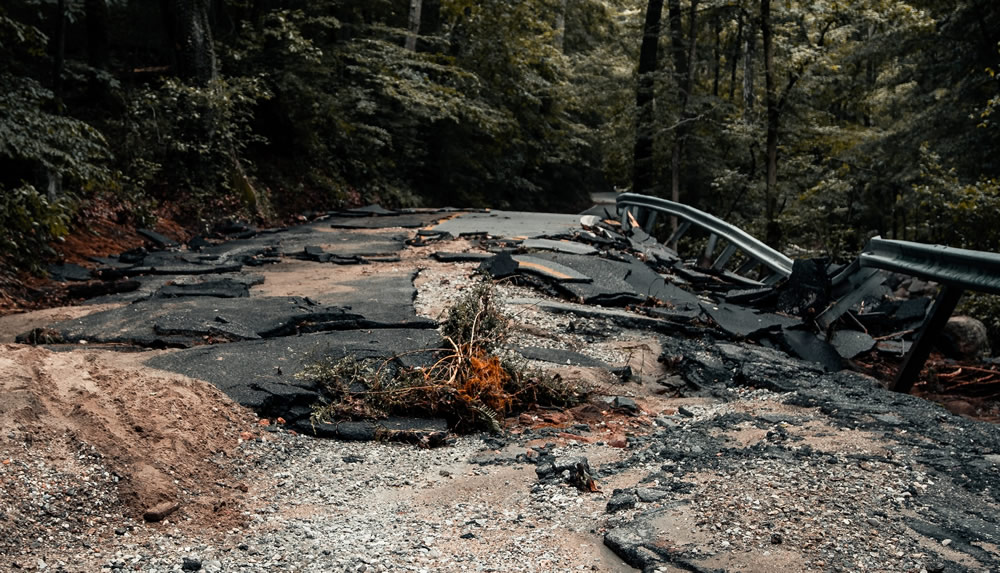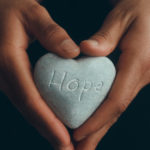
Today TalkingBittersweet is featuring an excerpt from Eric Barker’s weekly blog. It is practice stuff on getting your bearings and helping others in a disaster.
I live in earthquake country so I know it is always a possibility that in the next five minutes the earth could open up under me. Or a fire will start and the sky will turn grey and… well…just read it, put the info into your pipe and remember it.
Vicki
This Is How To Survive Disaster: 6 Secrets From Research
… (I)immediately after disaster strikes, denial is deadly. The quicker you accept the “force majeure” nature of the current situation, the better you’ll do.
The next step is to take action. The key question to be asking yourself is: What do I need to do next? Is everyone you love safe? Do we have adequate shelter? Can you get to your supplies? How can you reach help?
So you haven’t fallen prey to denial. Great. But there will be challenges — and fear will be waiting next to each one. How do you deal with it?
(…)
You might adapt quickly and escape denial but the people with you may not. They may just go emotionally numb. Or, even worse, they may dissociate and experience perceptual distortions.
Four things to focus on:
Validate: They’re scared and arguing with them isn’t going to help. Get them talking. Be understanding. “I hear what you are saying, and it is as terrible as you say.”
Build A Narrative: They can’t think straight enough to comprehend what’s happening. Walk them through what you know and what has occurred so that it starts to click. Establish cause and effect, a sense of time and meaning.
A Feeling of Control: Once the narrative starts to sink in, help them make sense of it. Give the chaotic world a sense of order. Remind them they have agency. The situation is not good but there are things we can do.
Future Focus: They’re going to dwell on the difficulties. To stop the spiraling, do what you did for yourself: get them focused on what they need to do next. Confidently establish a plan and get moving.
(…)
In your current situation “First Aid” is more like “Only Aid.” Prevention is your only option for serious injuries. But what if someone you love gets hurt?
First — and this is all too often neglected — assess the scene. Do not rush to help just yet, as difficult as that may be to do. This is not normal life. Debris falling from a damaged building hit them? Well, it might hit you too.
Rule Number One: don’t make more victims. Assess the scene, establish what occurred and make sure it’s safe to approach.
Second: if they’re unconscious check the ABC’s: airway, breathing, circulation. In that order. No obstructions to their breathing? Are they taking in air? This is why EMT’s love screaming babies – “Okay, we know the airway is clear.” Then check circulation. Is there a pulse? Are they bleeding?
CPR can help with drowning victims or someone who has been electrocuted. Bad news is, in your current situation that’s about it. CPR is not terribly effective in general and without an ambulance on its way, someone with no pulse is unlikely to make it.
(…)
If they are breathing and have a pulse, put them in “the recovery position.” This is to prevent their tongue, blood or other fluids from blocking their airway. Here’s a video.
If they’re bleeding, apply pressure for 20 minutes to allow the body to clot. Here’s a very very important thing: aggressively clean that wound. Even in hospitals, most people die from infection. Hit it with 2 percent iodine solution or alcohol. A metric ton of antibiotics won’t do squat if the injury is dirty.
Okay, here’s where the superglue glue comes in. If you don’t have needle and thread, and don’t know how to do stitches, well… Push the lips of the wound together, apply superglue and hold until it seals. Might sound crazy but cyanoacrylate was actually used for just this purpose during the Vietnam War.
Note: if red streaks start emanating from the injury, this means their body is fighting infection – and losing. Soon it will become systemic. They need antibiotics ASAP.(…)
For a more thorough treatment of emergency medicine in difficult circumstances check out “Where There Is No Doctor.” This is the book recommended by the World Health Organization for aid workers in remote areas.
What else do we need to do before help arrives? This one may be a bit surprising…
Maintain Dignity
Sounds fluffy, but it really matters. In Terrence Des Pres’s book about survival during the Holocaust and the Gulags, he says, “Failure to wash was the iron law of the camps.” People who didn’t do it died. But this has nothing to do with hygiene…
It was the clearest sign they had given up the fight. When they stopped caring about being clean, it usually meant they had stopped caring about much at all. (…) And whatever rituals make you feel you have dignity, that you have some control, are not just useful in disaster scenarios, they’re essential.
Once you lose your dignity, the next thing to go is hope. You stop trying.
(…)
Eric Barker is the author of The Wall Street Journal bestseller “Barking Up the Wrong Tree,” which has sold over half a million copies and been translated into 19 languages.






























